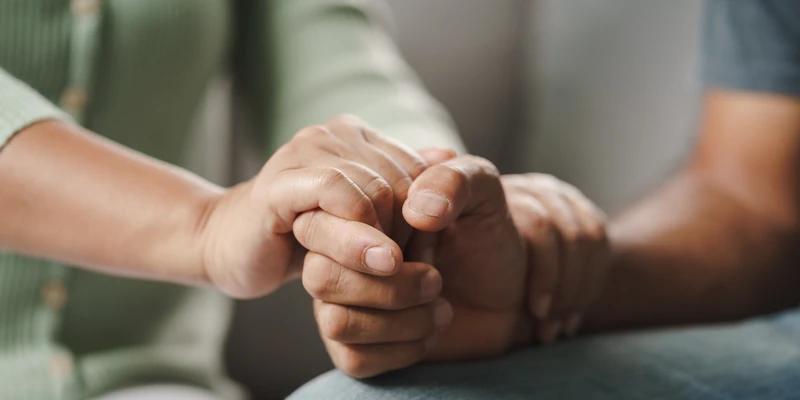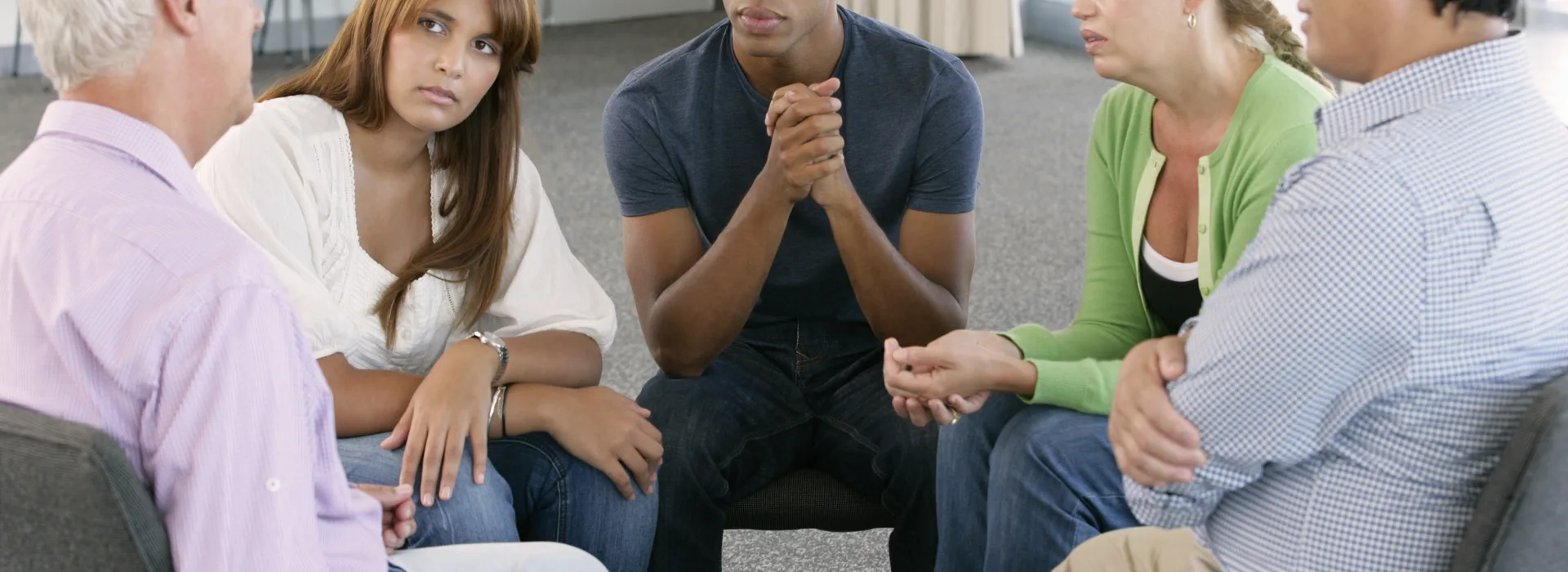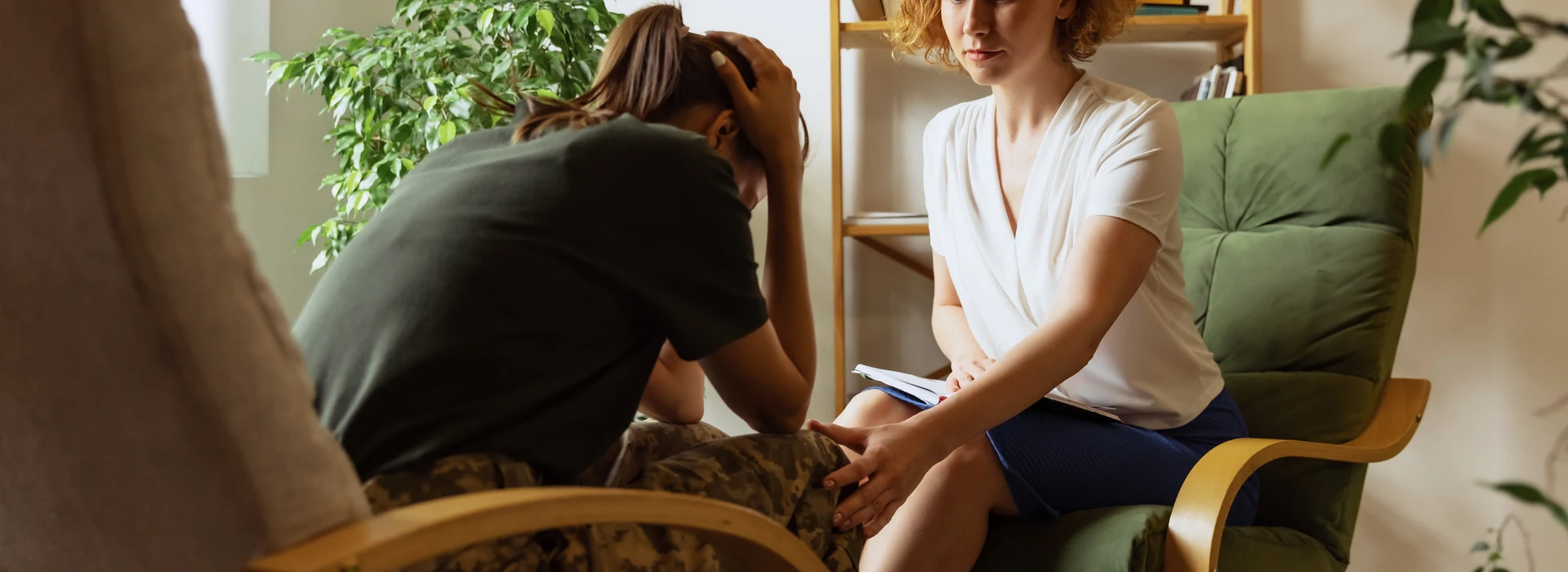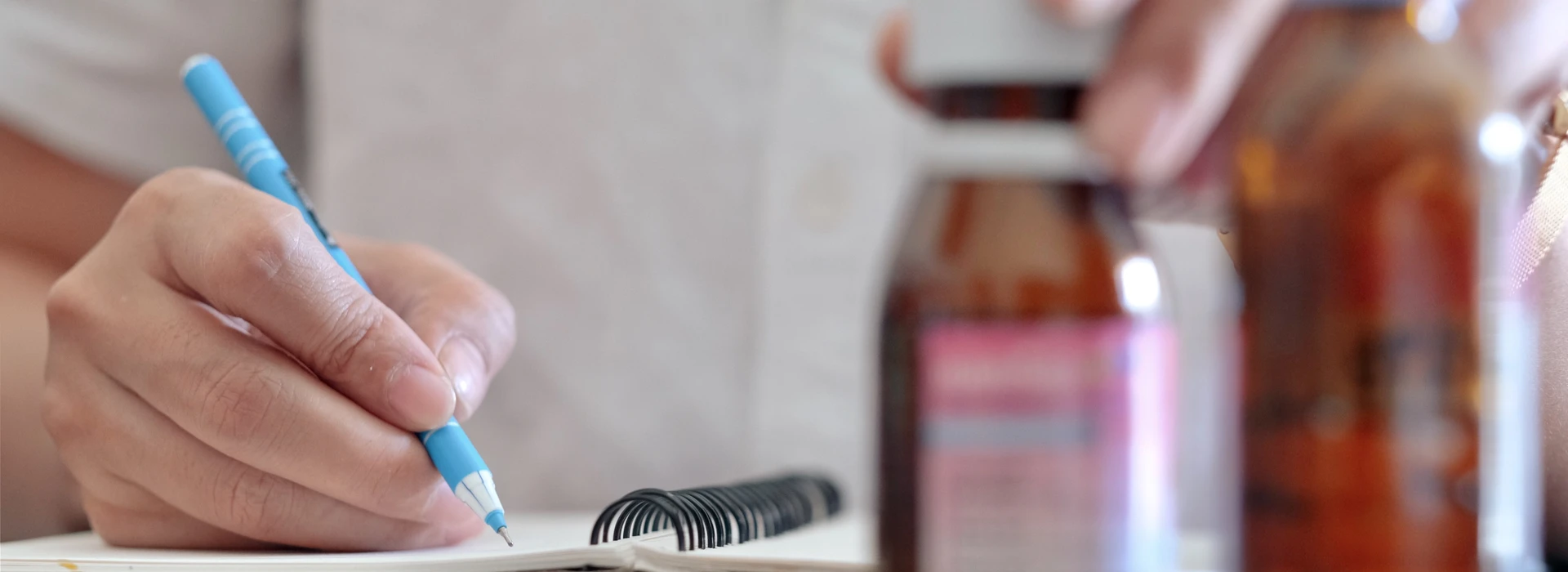If you’re struggling to control your use of pornography, there are proven porn addiction treatment options that can help you regain control and improve your wellbeing. You might feel alone, ashamed, but understanding your options can empower you to make choices that fit your needs. 
Understanding Porn Addiction
Porn addiction is a behavioural addiction that can affect your daily life, mental health, and close relationships. For many, the addiction to porn begins subtly, with pornography use gradually increasing until it becomes difficult to control.
It’s not always obvious how it starts, but recognising the symptoms and causes, along with the effect it has on your mood or routine, is a good place to start.
Recognising Signs and Symptoms
Many patients find it difficult to limit the amount of pornography they consume, even when they have the intention to stop. This often results in longer viewing sessions or more frequent pornography use than originally planned.
Compulsive sexual behaviour, such as persistent urges to view pornography or engage in sexual activities, is a common indicator. When attempting to cut back, withdrawal symptoms may appear, including irritability, restlessness, mood swings, or feelings of anger.
Some people hide their sexual behaviour or misrepresent the amount of time spent watching pornography. These patterns may point to pornography addiction and suggest that professional help or a structured treatment plan may be needed.
Psychological and Emotional Effects
Porn addiction is frequently linked with co-occurring mental health conditions, such as anxiety or depressive symptoms. Feelings of guilt, shame, or sadness after watching porn are common and can intensify when the behaviour becomes compulsive.
If left unaddressed, compulsive sexual behaviour disorder can make it more difficult to concentrate on work, education, or personal responsibilities. Over time, addiction can lower self-esteem, increase stress levels, and disrupt sleep and energy.
Recognising these psychological and emotional effects early may help prevent further deterioration and highlight the importance of seeking treatment.
Relationship and Lifestyle Impacts
Pornography addiction can also place a considerable strain on intimate relationships. Spending more time engaged in porn than with a partner may weaken trust and closeness, sometimes affecting healthy sexual desire and behaviour.
Sexual dysfunction, such as difficulties with arousal, satisfaction, or performance, may also emerge. Friends or family might observe signs of withdrawal or reduced interest in social engagement.
At work or in school, problematic sexual behaviour can interfere with focus, performance, and achievement. Left untreated, pornography addiction may gradually take over routines and displace previously valued activities.
Porn Addiction Treatment Options
Therapy for porn addiction uses established methods led by licensed therapists or mental health counsellors. Working with a licensed therapist or mental health professional can give you tools to understand your patterns, manage urges, and build healthier ways of coping.

Cognitive Behavioural Therapy (CBT)
Cognitive behavioural therapy is one of the most widely used treatments for pornography addiction. It focuses on the connection between thoughts, emotions, and behaviour, making it particularly effective in identifying and addressing triggers that lead to watching porn.
Rather than focusing only on stopping porn use, CBT helps you understand why the urges are there in the first place. You learn to notice triggers, challenge the negative beliefs tied to shame or guilt, and practise healthier responses. Therapists often use journaling, self-monitoring, or role-play to make these skills practical in everyday life.
Over time, CBT can reduce problematic use of porn and lessen the compulsive pull toward pornography. Many treatment programmes recommend CBT as a first-line option because research shows strong results for both addiction and broader mental health conditions.
Acceptance and Commitment Therapy (ACT)
Acceptance and commitment therapy takes a slightly different path. Instead of fighting against cravings or difficult emotions, it teaches you to accept them without letting them control your actions.
Through mindfulness and values-based exercises, ACT encourages you to separate yourself from intrusive thoughts and to focus on what truly matters. This may be relationships, personal goals, or simply living in a way that feels authentic.
For many struggling with compulsive sexual behaviour, this approach can create a sense of stability and reduce the cycle of avoidance and secrecy.
Evidence suggests that ACT is particularly effective for those dealing with problematic sexual behaviour. For instance, a clinical trial found that ACT reduced problematic porn use by 92% in participants who worked with experienced therapists.
Dialectical Behaviour Therapy (DBT)
For some, porn addiction is accompanied by intense emotions or other mental health concerns. Dialectical behaviour therapy can be especially useful here, combining cognitive techniques with mindfulness and emotion-regulation skills.
These therapy sessions often focus on learning how to ride out strong feelings without giving in to compulsive behaviours. This might mean practising grounding techniques, finding healthier outlets for stress, or building tolerance for uncomfortable emotions.
Group work is sometimes part of the process. It’s a way to give people struggling with porn the chance to practise skills in a supportive environment.
Because DBT addresses both addictive patterns and the emotional challenges that fuel them, it can be a helpful treatment option for those facing multiple layers of difficulty.
Group Programmes for Compulsive Sexual Behaviour
Support groups and group therapy can help you tackle problem behaviours and build better coping skills. They’re also a way to connect with others who get what you’re going through.
Peer-led support groups are usually free or low-cost, making them one of the most accessible options for recovery. Participants come together to talk about progress, setbacks, and strategies that have helped them manage urges or reduce the use of porn.
Twelve-step programmes such as Sex Addicts Anonymous (SAA) and Porn Addicts Anonymous (PAA) follow structured steps aimed at long-term recovery. No one is pressured to speak right away, and listening can be just as valuable until you are ready to participate.
For those who prefer more guidance, therapist-led groups provide additional structure. A trained mental health professional facilitates the sessions, ensuring discussions remain focused and supportive.
Unlike peer groups, these programmes often dig deeper into why compulsive behaviours develop and how they connect to other mental health conditions or behavioural addictions.

Antidepressants and Medications
Medication is not a stand-alone solution for pornography addiction, but in some cases, it can provide important support.
When sexual addiction or problematic pornography use is linked with depression, anxiety, or other mental health conditions, antidepressants such as Sertraline (Zoloft) or Escitalopram (Lexapro) may help reduce compulsive urges and stabilise mood.
These medications can ease the intensity of cravings and make it easier to engage in therapy or other treatment programmes. If traditional approaches are not effective, doctors may explore additional options such as mood stabilisers or anti-androgens.
Self-Help Strategies and Digital Tools
Not everyone feels ready to start therapy right away. Sometimes, beginning with simple strategies can make the first steps toward change feel less overwhelming. Small, practical shifts in daily habits can ease the pull of porn addiction and give you back a sense of control.
Replacing time spent watching pornography with healthier activities, like exercise, reading, or creative hobbies, can help redirect your focus.
Even small changes, such as keeping devices out of the bedroom, can reduce temptation. Mindfulness, journaling, or meditation may also bring calm and perspective when urges feel strong.
Digital tools can provide an extra layer of support. Content filters and accountability apps block access to explicit material and make it easier to stick with new routines. Some also allow a trusted person to see your progress, which can add encouragement when you need it most.
These strategies work best when combined with ongoing support, whether from peers, loved ones, or a professional. They’re not about perfection but about creating space for healthier routines and giving yourself the chance to move forward.
The Link Between Porn Addiction and Substance Abuse
Addiction rarely exists in isolation. For some, compulsive pornography viewing overlaps with substance abuse, such as drug and alcohol use.
Both behaviours stimulate the brain’s reward system in similar ways. They create cycles of craving, short-term relief, and long-term harm. When these patterns reinforce each other, it can become even harder to break free.
Many people turn to substances to numb uncomfortable emotions that also trigger pornography use. Others may find that using drugs or alcohol lowers inhibitions and makes it easier to engage in risky sexual behaviour, which can deepen both struggles.
Treating porn addiction alongside alcohol or drug addiction is possible, but it requires an integrated approach. Therapists and rehabilitation centres often use treatment plans that address both challenges at once, combining therapy, medical support, and healthy coping strategies.
When care for addiction looks at the whole picture, it offers the best chance for lasting recovery.
Pornography Addiction Treatment at Sierra Recovery
It can be scary to reach out for help, especially when shame or fear makes you want to keep things hidden. At Sierra Recovery, our team takes the time to listen to your story and meet you where you are.
Our porn addiction treatment options use proven therapies and provide a space where you are treated with dignity, patience, and care. Here, recovery is about helping you rebuild trust in yourself and find healthier ways to cope.
If you’ve been waiting for the “right time” to make a change, let this be it. Reach out to us today to know more.
Frequently Asked Questions
Is it normal to feel shame about seeking help?
Yes. Many people feel embarrassed or fearful when reaching out for support. Remember that therapists and support groups are there to listen without judgment and to help you move forward.
How long does recovery usually take?
Recovery isn’t a straight line. Some people notice positive changes within weeks, while for others it’s a longer process. Progress often depends on individual circumstances, underlying issues, and the support available.
Can partners or family members be involved in recovery?
Yes. Involving loved ones can improve communication, rebuild trust, and provide encouragement. Some treatment plans even include couples or family therapy to support healing together.
Can addressing porn addiction improve other areas of my life?
Yes. Many people find that recovery leads to better focus, improved self-esteem, healthier relationships, and greater energy for the things that matter most.
What strategies can help in managing triggers and urges related to adult content addiction?
Identifying your triggers and removing access to adult material are effective first steps. Mindfulness, keeping busy, or reaching out for support when urges hit can all help.
What role does medication play in the treatment of sexual compulsivity?
Medication is sometimes used if you’re also dealing with depression or anxiety that feeds into the addiction. Medicines don’t cure the behaviour directly, but they can help manage symptoms that make urges tougher to control.






